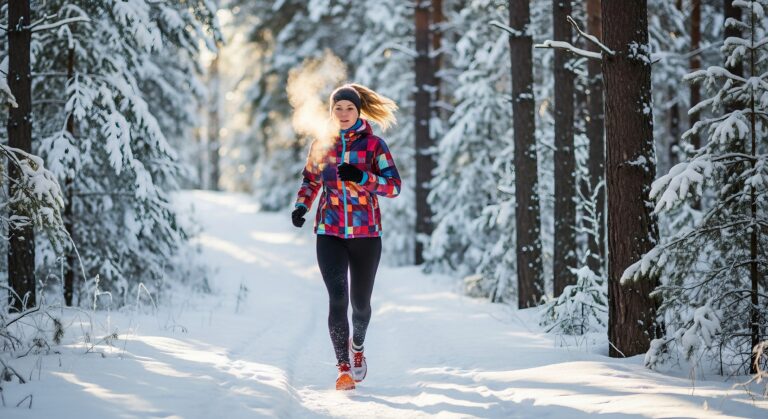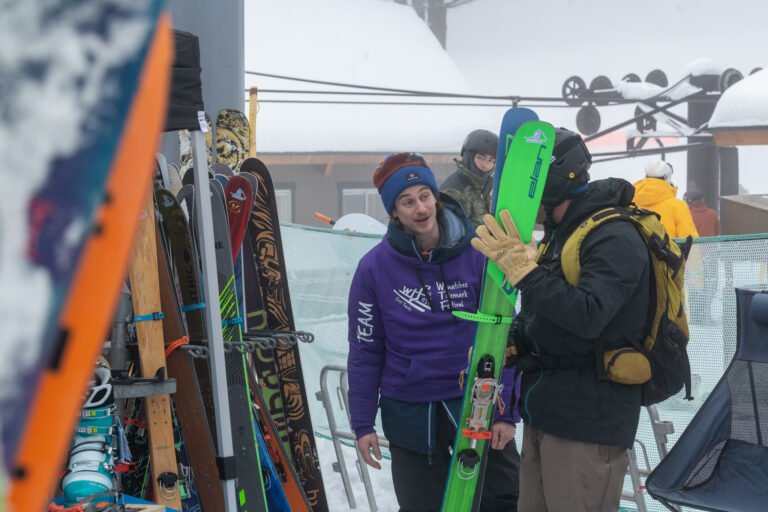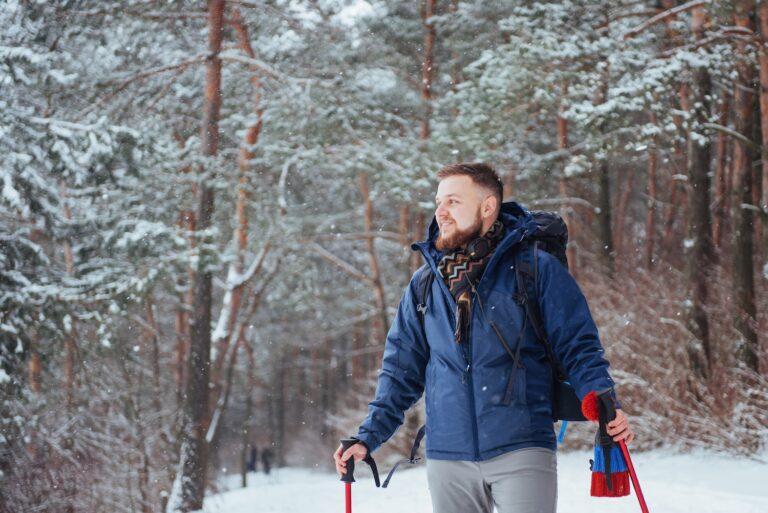ELIZABETH LICHTMAN JUST HAD her bike stolen. “I just hope that someone is using it and getting around on it,” Lichtman says.
Clearly she’s not bitter.
“I had a nice red Schwinn-old school-a really cool bike I built. I’ve had many bikes stolen. It’s not the first time-in other cities too. It’s a problem in most urban areas. My bike was unlocked. I tell people you can’t leave your bike unlocked for too long.”
Especially not when you live and work in post-Katrina New Orleans. Lichtman lives in a house full of activists that came down to volunteer after the hurricane and have now permanently relocated to the Big Easy. She works at a restaurant in the French Quarter at night and volunteers for the RUBARB bike project during the day. (RUBARB stands for Rusted Up Beyond All Recognition Bikes. )
“We had all these flood bikes and people constantly wanted to donate stuff,” Lichtman says. “In the beginning I was on the periphery, then I became more and more involved after I secured a donation from Jamis Bikes. Suddenly it was like, okay, we need to propel this into something even bigger, like a bike shop.”
After Katrina every manner of transportation in the city was devastated. Plan B Bicycles, a five-year-old non-profit located not far from the French Quarter sprung into action distributing bicycles to residents and relief volunteers. A year ago, RUBARB spun off from this effort setting up shop in hard hit Upper Ninth Ward.
Since then Elizabeth estimates that they have reconditioned and distributed upwards of 200 bikes in Upper Ninth Ward and beyond. Bikes are great transportation in New Orleans. Though it’s often hot and muggy, today the riding weather is just about perfect: partly cloudy, mid-50s, no wind. “The city is really flat so it’s pretty easy for someone who is not in the best of shape to get around,” Lichtman says.
The shop looks modest from the outside; a 50 by 50 metal shed pushed up against the cyclone fence, in the corner of a parking lot of an old Catholic grade school. Inside an explosion of previously owned bike parts are hung from walls and ceiling or stacked in boxes. The space is decorated with dozens of hand-painted signs and bicycle-themed artwork-accented by Christmas tree lights.
What do the neighborhood kids think about it?
“They love it,” Lichtman says. “The kids we work with, they really have no place to play. The lots that they used to play in are now filled with [FEMA] trailers. The schools, which were not doing very well to begin with, after Katrina are worse off. There’s no programs. They don’t even have art in a lot of the schools, or music. Parents aren’t really comfortable with letting their kids just go places unsupervised. Being able to learn how to work on a bike, and earn-a-bike, having their own thing at the end that they have worked on, is really wonderful.”
In addition to a kid’s earn-a-bike program, RUBARB also does art projects for kids and helps outfit adults and volunteers with bikes to use for transportation. While meeting with Lichtman a woman stops by to inquire about getting a bike she can use. Then a middle-aged man in a mini-truck drops off a few bike donations.
RUBARB is under the umbrella of Common Ground, a New Orleans non-profit devoted to social justice and providing services for residents affected by Katrina. At the behest of Father Bart Pax the group has been headquartered out of St. Mary of the Angels Grade School, which has not been able to reopen since the hurricane for lack of students, among other things.
Lichtman gives me a tour of their operations. The school was a refuge during the storm, because, at three stories, it was the highest point in the neighborhood. According to Lichtman about 200 people swam to the building, sought shelter for over a week, and were finally rescued by helicopter off the roof. Now the upper floors house volunteer workers. On the first floor are a mailroom, a large meeting area in the gymnasium, and a room with a bunch of old iMacs so that folks can check email. Common Ground has been serving volunteers three meals a day since the storm, and on this day they are finally moving the kitchen operations out of a tent by the street and into the school cafeteria, which has been cleaned and outfitted to function again.
Lichtman says they have learned a lot in their first year of operation. “Working with all volunteers, unless it’s really pulled together and organized, it just becomes really chaotic and not that helpful. It’s always evolving and changing to be tighter and more organized.”
They hope to reach out to more kids in other neighborhoods, and there’s even talk of doing a weeklong bicycle/art summer camp.
It might be hard to find a neighborhood more deserving of this program. “The house right next to the bike shop just got their trailer pulled away because they finished working on it. That’s not common. It’s happening, that houses are getting finished, but it’s still sporadic and rare. People are still waiting for money to rebuild, still waiting for Road Home [a government rebuilding initiative] money. Not many people are confident they will get it.
No one will deny that crime here is bad, that the rebuilding is slow, or that many New Orleans residents have become demoralized and left the city. Less often seen in the news is the beauty that still exists here. Old neighborhoods like the Ninth Ward are filled with stunning turn of the century houses. They are small, brightly colored and accented in wrought iron. Many are now only shells, but on every block there seems to be at least one resident doggedly revitalizing their home against all odds. And while much of America may only pause and reflect on New Orleans for a couple minutes during Mardi Gras, there is a whole legion of Americans, New Orleans natives and transplants like Lichtman, who aren’t ready to accept the notion that the United States does not take care of it’s own in time of need.
Today, however, she isn’t expounding platitudes. One big lesson from Katrina? It shouldn’t take a hurricane to start up a community bike shop. Every neighborhood should have one.
“The overall thing is just getting more bikes on the street and getting people to ride cars less. It’s a healthier, happier way to live.”
For more info:
http://www.rubarbike.org
http://www.commongroundrelief.org
http://www.bikeproject.org (Plan B)













